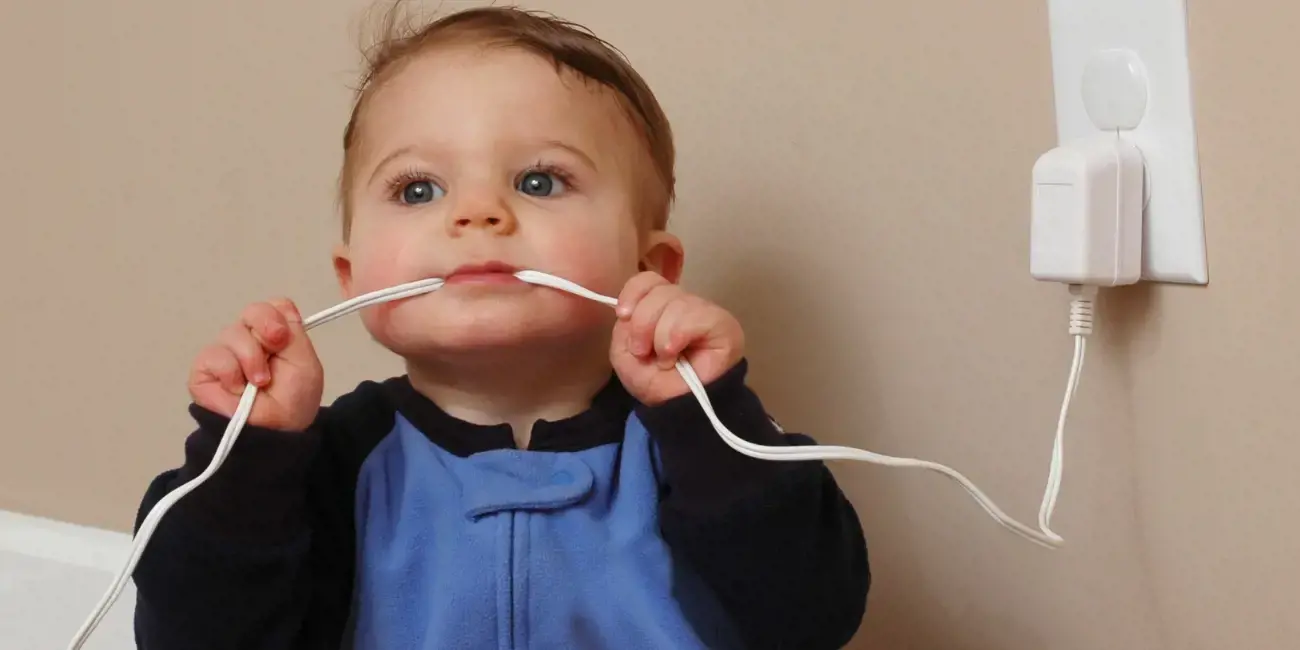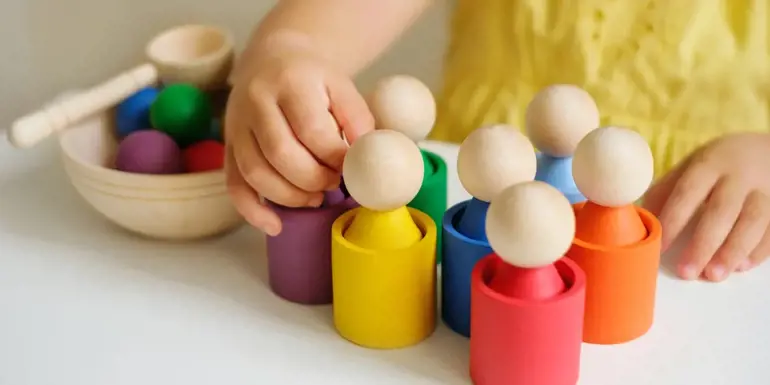Babyproofing your home is one of the first things to think about right before your baby starts to move independently. Of course, some of us think about baby proofing the house well before while others wait until our wives have nagged us well into their last trimester (uh-hum, David). Whichever you are, it's a subject that must be broached for the safety of your family.
Before you go panicking about the amount of time & money as well as effort and energy it's going to take to baby-proof your home, get practical. Take a look around your home and remember, a baby can't move from birth. You have some time. We'll go through how to baby-proof your home, from the most obvious to some of the least obvious ways.
Baby proofing for the crawler or shuffler
Not all children get to the crawl or shuffle stage at the same age, of course, milestone moments will vary. This is the most extensive list and those that follow are additional things to consider. We hope this guide will help you get started.
Floors
Yes, that sounds VERY obvious but if you should do a sweep every morning to make sure nothing that could be a choking hazard has dropped that your bub might be able to put in their mouth.
Safety gates
They might only slow them down for a moment, but it will go a long way to preventing them from going into forbidden territories of your home. Whole areas that are troublesome should be closed off with gates with a safety latch to prevent them from wandering where they shouldn't.
Curtain & blind cords
It is so important that these are not hanging down as a strangulation risk. Keep them pinned up, out of reach and accessible to only adults.
Electrical outlets
For just a few dollars at your local department store, you can grab yourself a 24-pack of outlet covers which will give you peace of mind that your crawler hasn't picked up something random from the floor and is able to poke it into the nearest socket. Also, make sure to hide electrical cords behind the furniture or use hiding devices when plugging into the socket.
Cupboard locks
Consider this for every cupboard in your home, barring the plastics. Your little crawler will love to stack and ‘help' you store these! In all seriousness, these should be used to keep the sharp, poisonous, and electrical devices away from your tot. Think bathroom, laundry room and kitchen as well as medicines.
Toys
Keep sibling toys out of reach or locked away. Hot tip – pretty much anything you can pass through a toilet paper roll is a hazard.
Houseplants
A little less obvious but something to think about. If you're a green thumb and have some indoor plants, make sure they're not toxic. Better Homes and Gardens has curated a quick guide to common plants which you should think about with cut flowers too. Lilies, we're looking at you!
Corner covers
Because when they're crawling around, they're mostly looking down. Protect their little heads with covers for sharp edges and prevent nasty bumps and bruises.
Door stops
Let's keep little fingers safe from slamming doors and make sure the wind doesn't catch them in the door jams.
Hot surfaces – Screens around fires are a BIG necessity. If you don't have the capacity to pop a baby gate in the kitchen, pop it around the oven too or invest in a transparent over-door guard. Hot surfaces seem to be a curiosity magnet for children.
Baby proofing for the learner
Ok, so they're off their knees and aside from falling to their bottoms, they're onto their feet. YAY! They're onto the next stage… but that means more safety concerns for you.
Heavy furniture tethers
There are so many warnings on heavy items and televisions to secure your furniture that heavy furniture tethers are a must in your living room babyproofing checklist. In fact, the OECD reports up to two children die annually in Australia from preventable furniture and television topples.
Drawer locks
So, they're more competent now and they're able to pull things out. Make sure they can't pull out drawers, particularly those on heavy furniture pieces you may not have tethered. These make for great steps and climbing is certainly on the radar.
Windows
Locks, particularly if they're high up, should be locked and at the very least screened. We love a good breeze as much as the next person but it's so important to protect our children from falls with window guards.
Toilet falls
If you've not thought about the loo, think fast! Keeping your child out of the toilet is always important for germs sake but especially necessary if you use cleaning gels that stick to the bowl and may be poisonous and essential for the water factor. Children can drown in as little as just a few centimetres and have been known to drown in the toilet so it's important to install a toilet lock when possible.
Heavy ornaments
Floor vases and lamps should be rethought. We're not saying to get rid of them forever, we're merely suggesting you think about how heavy they are, if they're able to be used as a tool to stand and if they're likely to injure your child should they fall over.
Baby proofing for the up-and-about
Yes, they're running, and you can't catch them! We're hoping you have enough information to get you started in this space but here are some things you might not have thought about, especially if they're a climber!
External door locks
The front door, the back door and any sliding doors should have a lock that is out of reach until they're a teenager – (and then you'll have different concerns!) Top locks are a great idea so they can't accidentally access the outside world unless you want them to.
Hot water systems
Limit the temperature to less than scalding. If your child happens upon the hot tap, at worst they will get a fright.
Fish tanks
Ensure there are lids to the tanks you have or they are out of reach. As previously mentioned, drowning can happen in some of the least expected places.
Pet paraphernalia
Pet doors, food and litter are hazardous to your child in every way. Make sure the pet paraphernalia is up off the floor or behind a baby gate.
What happens if something goes wrong?
Of course, you can't foresee or prevent every accident, but you can do as much as you can to avoid it. If something does happen in your home, there is help.
- Emergency services: 000
- Poisons Information Centre – 131 126
- State Emergency Service – 132 500
- Health Direct Australia – 1800 022 222
- Nurse on call - 1300 60 60 24
Don't forget to add your GP, close friends or relatives and the local, all-night pharmacy to the list.



































